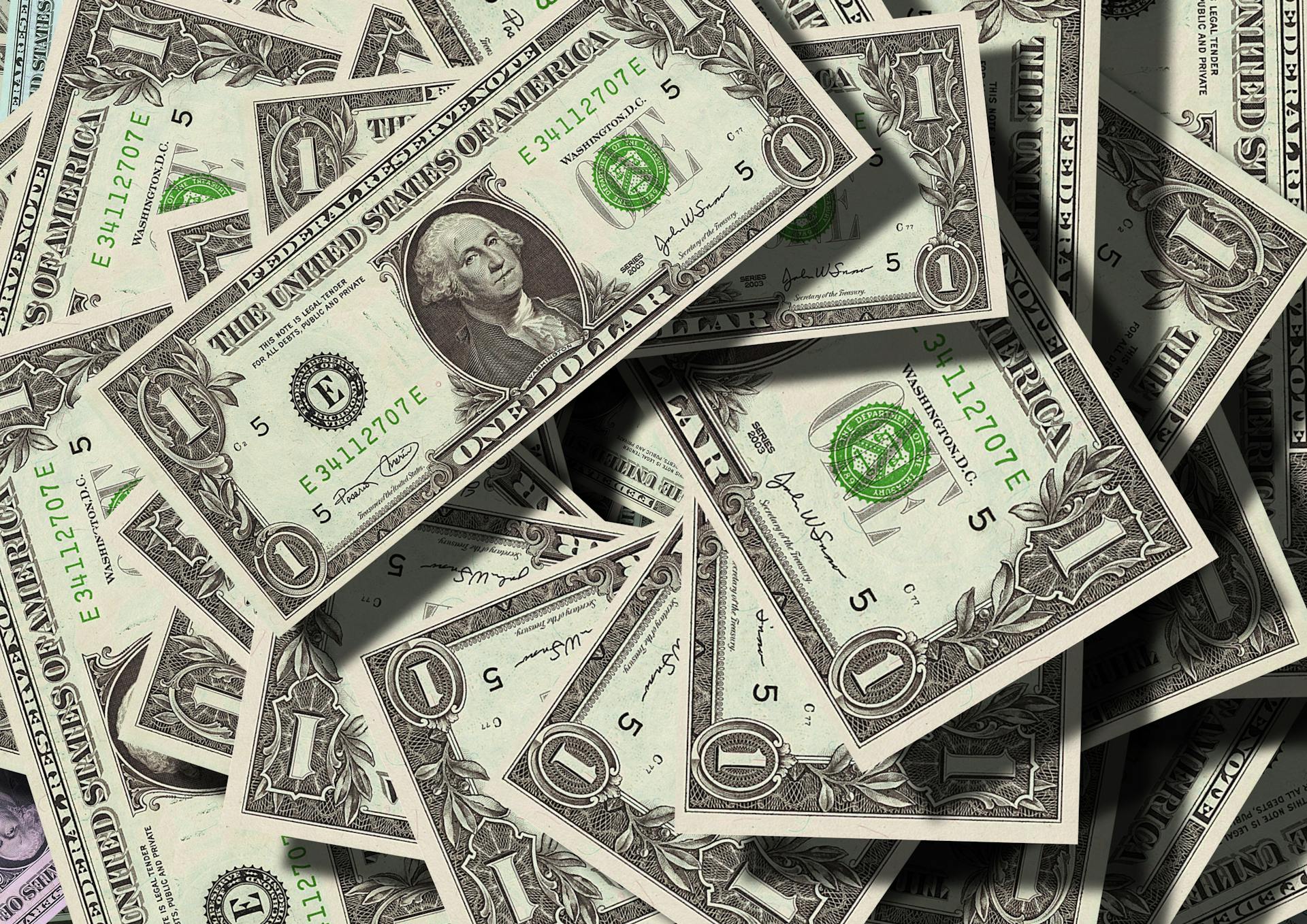
Finding your sort code can be a bit of a challenge, but it's a crucial step in making online payments or setting up direct debits.
A sort code is a six-digit number that identifies your bank or building society. It's usually located on your cheque book or bank statement.
You can find your sort code on your bank statement, cheque book, or online banking platform. Sometimes, it's also printed on the back of your debit card.
To use your sort code correctly, you'll need to enter it accurately when making online payments or setting up direct debits.
Intriguing read: Cheque and Credit Clearing Company
Definition
A sort code is a numerical code used to identify a specific bank account during financial transactions. It's a crucial piece of information that helps banks route funds accurately and efficiently.
The sort code is typically a six-digit number and is unique to each bank and branch. This means that every bank account has a unique combination of account number and sort code.
In the UK, sort codes are used for domestic or international wire transfers within or towards the UK. They're an essential part of the transaction process, ensuring that funds reach their correct destination.
Here's a quick rundown of the codes you might encounter during financial transactions:
Without the sort code, transactions would be time-consuming and prone to errors, as it would be difficult to identify the correct bank based solely on account numbers. This is why it's essential to find your sort code and use it correctly during financial transactions.
How to Find Your Bank Code
Finding your bank sort code is a straightforward process. You can find it on your debit card, bank statements, or chequebook.
Most banks print the sort code on the majority of their correspondence with you. If you don't have your card or a bank statement to hand, you can easily confirm your sort code by logging in to your online banking account.
You can also check your physical banking belongings, such as your credit card or chequebook. Your sort code should be printed on the front or back of the card, along with your account number.
Typically, the sort code is written in three pairs of two digits each, such as 12-34-56. The first two digits identify the bank, while the remaining four digits refer to the specific branch that houses your bank account.
If you're looking for someone else's sort code, you'll need to ask them for both their sort code and account number if you want to send them money. Alternatively, you can use an online IBAN calculator to find out their sort code if you already know their IBAN.
Here are some common places to find your bank sort code:
- Debit card (front or back)
- Bank statements (near your account number)
- Chequebook (bottom left corner)
- Online banking account
- Correspondence from your bank
Remember, online-only banks without branches may provide a single unique sort code that all clients use.
Understanding Bank Codes
A bank sort code is a six-digit numerical code that identifies the specific bank and branch where the bank account was initially opened. It's mainly used in the UK banking system to indicate where payment is going or coming from. Every bank account in the UK is assigned a sort code.
You can find your sort code on your debit card, bank statements, or chequebook. It's typically printed in three pairs of two digits each, with the first two digits identifying the bank and the remaining four digits referring to the branch. Online-only banks may provide the same sort code to all their customers.
Here's a quick reference to help you identify the components of a sort code:
This unique set of numbers is essential for various financial transactions, such as making secure payments, setting up direct debits, ensuring payment efficiency, and transferring funds between accounts.
What is a BIC Code?
A BIC Code is an 8-digit or 11-digit alphanumeric code used for international wire transfers and other financial transactions between banks globally.
It's essentially an international bank code that identifies banks nationwide, making it a crucial piece of information for international banking transactions.
A BIC Code is also known as a SWIFT Code, and it's used by banks and institutions in the SWIFT network to initiate international wire transfers.
Take a look at this: Swift Bic Code Us Bank
In fact, a SWIFT Code is the international equivalent of a sort code, used for international transfers, whereas a sort code is used for banks within the U.K.
Here's a breakdown of what a BIC Code looks like:
- The first four characters identify the bank.
- The second set of characters identifies the country code.
- The third set of characters is for the location ID.
- The fourth set of characters is for the unique branch ID.
For example, a Chase bank in the U.S. might use the SWIFT code CHASUS33, which is a BIC Code in disguise.
You can find your BIC Code on your bank statements, chequebook, or even on the front or back of your credit or debit card.
If this caught your attention, see: Swift Bank Identifier Code Bic
Code Format
A sort code is a unique six-digit code used in the UK to identify a bank and its branch. It's essential for domestic transfers and is usually written in three pairs of two digits each.
The first two digits of a sort code represent the banking institution or bank account provider, while the remaining four digits indicate the location and branch details of where the account was opened. For example, in the 6-digit sort code 12-34-56, "12" represents the bank and "34-56" represents the specific branch and location.
You can find your sort code on your bank card, bank statements, or chequebook. It's usually printed on the front or back of the card, alongside your account number. Alternatively, you can check your bank's website or contact their customer service to obtain your sort code.
Here's a breakdown of the format of a sort code:
The sort code format is standardized, making it easier to identify and route funds accurately.
Using Bank Codes
To find your sort code, you can check your physical banking belongings, such as your credit card or debit card, where it's printed on the front or back of the card, along with your account number.
Your sort code is also visible on your bank statements, usually near your account number.
If you're an online-only bank customer, you might not find your sort code on your card, but you can look it up on the bank's website.
You can find your sort code by logging in to your online banking account.
If you're looking for someone else's sort code, you'll need to ask them for both their sort code and account number if you want to send them money.
Here's a step-by-step guide to finding your sort code:
- Check your physical banking belongings, such as your credit card or debit card.
- Look for the six-digit code presented in three pairs of two digits each.
- Check your bank statements, where your sort code should be shown near your account number.
- Log in to your online banking account to find your sort code.
- If you're an online-only bank customer, look it up on the bank's website.
Remember, you need both your sort code and the recipient's sort code to conduct a domestic transfer.
Decoding Bank Codes
A sort code is a six-digit numerical code that identifies the specific bank and the specific branch where the bank account was initially opened. It's mainly used in the UK banking system to indicate where payment is going or coming from.
Every bank account in the UK is assigned a sort code, which is typically written in three pairs such as 12-34-56. The first two digits identify the bank, while the remaining four digits refer to the branch.
The format of a sort code in the United Kingdom typically consists of six digits in a specific pattern. The first two digits refer to the banking institution or bank account provider, while the remaining four digits indicate the location and branch details of where the account was opened.
To decode your sort code, you can look for the six digits presented in three pairs of two digits each, which is typically under your name and next to the account number on your bank card. However, online-only banks with no branch may not provide a sort code on the bank card.
You can also find your sort code printed on the majority of your bank's correspondence with you, or on your debit card. If you don't have your card or a bank statement to hand, you can easily confirm your sort code by logging in to your online banking account.
Here's a breakdown of how to decode a sort code:
This unique set of numbers is essential for various financial transactions, such as making secure payments, setting up direct debits, ensuring payment efficiency, and transferring funds between accounts. Understanding the format of a sort code is crucial for ensuring accurate and efficient banking operations.
Frequently Asked Questions
Can I find a sort code from an account number?
No, a bank account number does not contain a sort code. You'll need to look elsewhere on your bank statement or online banking platform to find your sort code
Featured Images: pexels.com


